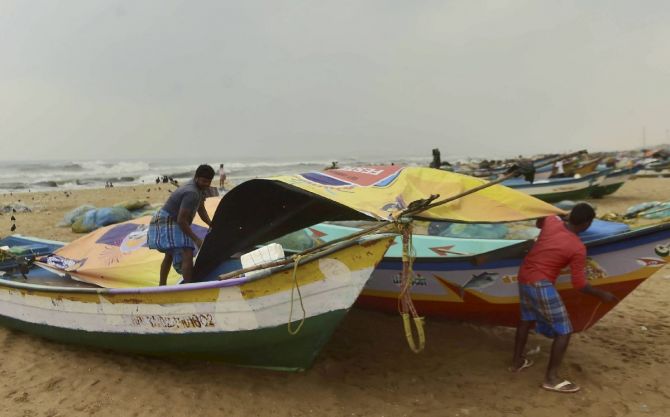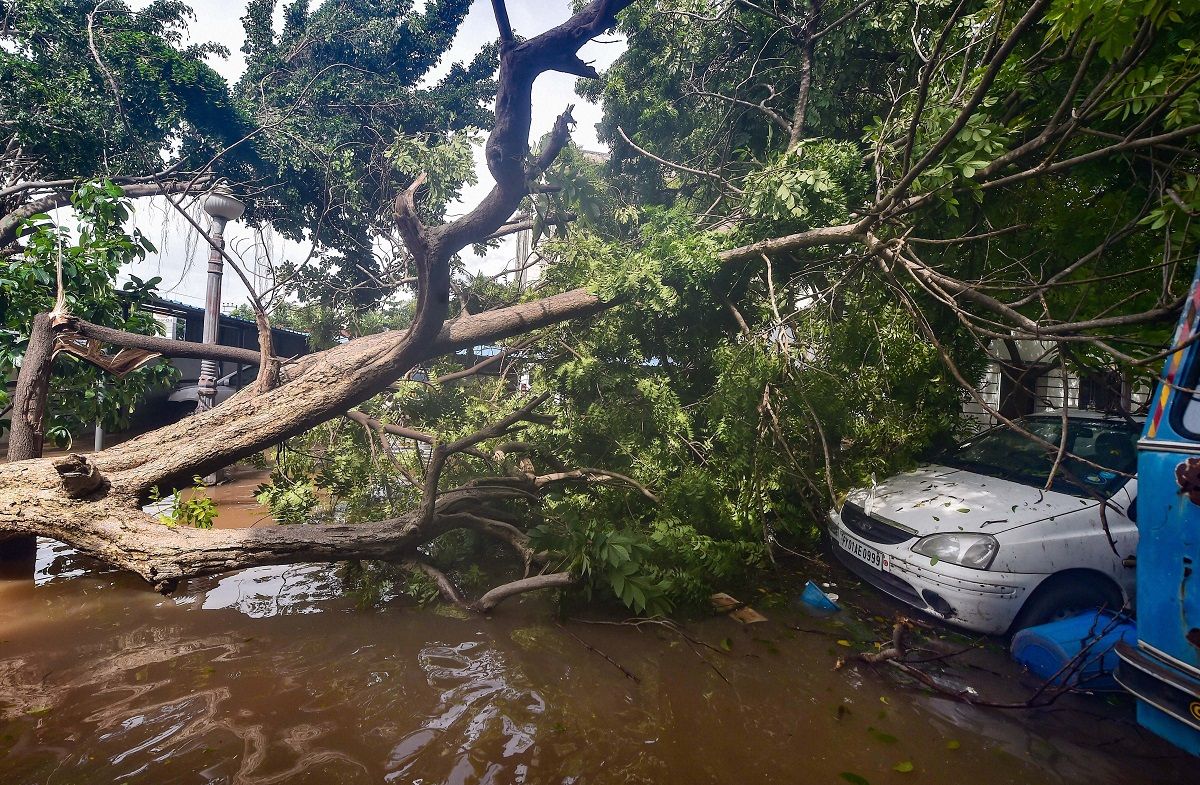
- Home
- India
- World
- Premium
- THE FEDERAL SPECIAL
- Analysis
- States
- Perspective
- Videos
- Sports
- Education
- Entertainment
- Elections
- Features
- Health
- Business
- Series
- In memoriam: Sheikh Mujibur Rahman
- Bishnoi's Men
- NEET TANGLE
- Economy Series
- Earth Day
- Kashmir’s Frozen Turbulence
- India@75
- The legend of Ramjanmabhoomi
- Liberalisation@30
- How to tame a dragon
- Celebrating biodiversity
- Farm Matters
- 50 days of solitude
- Bringing Migrants Home
- Budget 2020
- Jharkhand Votes
- The Federal Investigates
- The Federal Impact
- Vanishing Sand
- Gandhi @ 150
- Andhra Today
- Field report
- Operation Gulmarg
- Pandemic @1 Mn in India
- The Federal Year-End
- The Zero Year
- Science
- Brand studio
- Newsletter
- Elections 2024
- Events
- Home
- IndiaIndia
- World
- Analysis
- StatesStates
- PerspectivePerspective
- VideosVideos
- Sports
- Education
- Entertainment
- ElectionsElections
- Features
- Health
- BusinessBusiness
- Premium
- Loading...
Premium - Events

Cyclone Nivar: When the cycle of misery doesn't end
An estimated 170 million population living on India's coasts are perennially at the receiving end of tropical storms and cyclones, and are forced to migrate following loss of land and job opportunities.

On the morning of November 26, hours after Cyclone Nivar made landfall between Tamil Nadu and Puducherry coast, 45-year-old P Kumar looked out the window to see his modest neighbourhood of Pattalam drowned in a deluge. Heavy rains had started pounding Chennai since the day before. As his eyes stared down a floating plastic bag, the trail of damage was slowly unveiling — a fallen tea shack...
On the morning of November 26, hours after Cyclone Nivar made landfall between Tamil Nadu and Puducherry coast, 45-year-old P Kumar looked out the window to see his modest neighbourhood of Pattalam drowned in a deluge. Heavy rains had started pounding Chennai since the day before.
As his eyes stared down a floating plastic bag, the trail of damage was slowly unveiling — a fallen tea shack here, a damaged electric pole there. The roof of a car had collapsed under the weight of a fallen tree, a tin roof from a nearby house had blown off.
His own house was in knee-deep waters. “The real damages will start to show only after the water recedes completely,” Kumar says, adding that he and his family spent the night mostly awake haunted by the fear of devastation brought by the 2015 floods.
This time around, the blow to families like Kumar’s comes on top of the COVID-19 pandemic that had already left many dead and unemployed across India. With a vast coastline of 7,516 km touching 13 states and Union territories, India over the years has witnessed terrible loss of life and property due to cyclones. Tamil Nadu, Andhra Pradesh, Odisha, West Bengal and Puducherry on the East Coast and Kerala and Gujarat on the West Coast are especially vulnerable to cyclones.
Deja vu
Back in December 2015, the flood waters had gushed into Kumar’s Anjaneyar Street house without warning in the middle of the night. Within no time, the dirty waters had washed away everything he had earned and accumulated in years working as a sanitation worker with the Chennai corporation.
“But I could not wait for the water to recede in my house, I had to rush out to clear the city’s mess,” recalls Kumar.
There was dirt and damage all around. “Someone had to scrape the streets clean. Toilets across the city were flooded. Almost half of the city was defecating in the open even as dead animals, swollen and bloated from drowning, lay strewn.”
While Kumar could do little to save his own house and belongings in 2015, living in a low-lying area that gets flooded every time there is heavy rainfall has taught his family to move every bit of furniture and appliances to safer heights.
“As expected, this time as well the floodwaters entered our house but I can’t afford to skip work. I have to feed my family. We still have debts to settle that I took after the 2015 floods,” he mumbles.
Back then, Kumar had taken a loan of ₹50,000 initially. But it kept on spiralling over the years. “The damages for people like us are unending. By the time you repair one broken wall, another crumbles down.”

Caught in a similar web of losing and rebuilding his life is Prakash Biswas, a 38-year-old fisherman from West Bengal’s Sundarbans. Located at the mouth of the Bay of Bengal, a frequent epicentre of the origin of cyclonic depressions, the Sundarbans delta is frequently devastated by cyclonic storms. A catalogue of tropical cyclones shows that over 70% of the deadliest tropical cyclones in world history have been Bay of Bengal storms.
On May 20, when Cyclone Amphan made landfall in Sundarbans, Biswas helplessly saw his life falling apart in front of his eyes once again. Last year only Sundarbans had endured the ravages of two back-to-back cyclones — Fani (May)and Bulbul (November) — that left a similar trail of destruction.
Living and losing
The most precious possession of Biswas is his wooden mechanised boat. It’s the main source of daily bread, or to be precise, fish curry and rice (maach bhaat, as they say) for his family of four. Biswas has lived through a trail of destruction caused to his boat over the years, pushing him into a vicious cycle of debt. The fresh coat of black and red paint that now adorns the boat also highlights his cyclic plight.
When Cyclone Amphan hit Sundarbans this year, the boat was among the many casualties. Biswas was deprived of a source of earning for days.
“The cyclone ravaged my house, destroyed the few sacks of paddy that I had harvested and uprooted fruit-laden trees. But the biggest blow was the damage to the boat,” says the resident of Bijoynagar in Sundarbans.
With no alternative, Biswas had to take a loan to repair his boat. The paint job is to camouflage the mending. The job required him to cough up around ₹30,000. “I did not get any financial aid from the government against the damages and had to take a loan from a local moneylender to repair my boat and house.” The moneylender, he says, charges a monthly interest of 5%.
But Biswas still feels luckier compared to the losses he had to bear during Cyclone Alia.
“In my lifetime, the biggest calamity was Cyclone Aila struck in 2009. We were completely caught off guard as there was no prior warning given by the government. I had even left a barrel containing 200 litres of diesel on my boat. The boat was torn apart and everything, including my fishing nets and other equipment, were washed away,” he recalls.
That year, Biswas had to spend around ₹50,000 to repair his boat that was almost reduced to smithereens. That amount too came as a loan from the village moneylender.
Damaged boats can still be repaired, but what about the fields left infertile by saline water, questions Biswajit Mandal (47), who lives in a village not too far from Biswas.
The eight bighas of land owned by his family in Raidighi remained uncultivable for years following Cyclone Alia, forcing him to migrate to Kerala for a job. As the land slowly revived, Mandal thought he could provide for his family by resuming farming. But his hopes were dashed by Amphan.
Amphan, which breached the embankments in 32 places, damaged nearly 17,800 hectares of agricultural lands because of saline water from seas entering the farms. An estimated 1,08,000 farmers have been affected.
“I had somehow managed to pick up the pieces of my life after Alia. Now I’m back to square one,” he rues.

Like Mandal, Kantipudi Srinu and others from fishermen communities along the coastal region of Andhra Pradesh, too, find themselves pushed back to years.
Srinu lost his parents to the devastating Hudhud cyclone that ravaged the coastal districts in October 2014. His house was reduced to a heap of debris while his boat was completely damaged.
After three years of struggle and running around government offices for compensation, Srinu and 30 other fishermen families were granted houses near Matsalesam in Etcherla mandal of Srikakulam district and a compensation of Rs 10,000 each.
But just when he thought life was returning to normalcy, adversity knocked on the door again. “The officials came and asked us to vacate our houses. No reason was given,” recalls Srinu.
The fishermen families were necked out of their houses on the ground that irregularities had occurred in the selection of beneficiaries and execution of the housing project by the previous Telugu Desam Party (TDP) government.
“We have become the victims of a political game between the TDP and the YSR Congress Party,” Srinu says.
As many as 2,334 houses were sanctioned to rehabilitate the victims of the Hudhud cyclone in Srikakulam district. Out of the sanctioned houses, 1,966 were constructed while the rest 368 houses were under construction, according to an official of the housing department.
“We were selected as beneficiaries and the houses were handed over to us in April 2018 after the then TDP state president K Venkat Rao inaugurated the houses,” another fisherman Koda Vajram said.
However, they have been forced to vacate. “Notice was pasted and houses were sealed by the officials. With no other alternative, we had to vacate the houses,” he says.
All the families were selected by the officials and the local people’s representatives after a due process. In some cases, even though the construction work has been completed, the houses are yet to be handed over to the beneficiaries.
In the neighbouring Visakhapatnam district too, many who lost their boats and nets are yet to get any compensation from the government.
“Our houses were completely damaged in the cyclone. But, the municipal corporation denied permission to rebuild since they claim ours is an illegal settlement,” says Neelankanta Raju.
Reality yet to sink in?
India’s coastal regions are home to an estimated 170 million of the country’s 1.39 billion population. These people have been perennially on the receiving end of tropical storms and cyclones. Millions are forced to migrate following loss of land and job opportunities.
According to a National Centre for Coastal Research report, almost one-third of a large part of India’s coastline was lost to soil erosion, mostly due to frequent cyclonic activities and human action, between 1990 and 2016. The National Centre for Coastal Research came to the conclusion after surveying 6,031 kilometres of India’s 7,517-km coastline from 1990 to 2016. While the study found that 33 per cent of it has witnessed erosion, West Bengal (63%) and Puducherry (57%) were the most vulnerable.
As a result, it has put people’s life and livelihoods in great jeopardy, causing major displacement and migration. According to the Internal Displacement Monitoring Centre (IDMC), about 3.6 million Indians were displaced annually between 2008 and 2018, most as a result of flooding from monsoon rains. In April this year, the IDMC said 5 million Indians were displaced last year — the highest in the world — due to disasters that mostly included cyclones and monsoon floods.
When told about the astonishing numbers, Chennai’s Kumar thanked his lucky stars. God, he says, has been kind enough. Or so he wants to believe.
